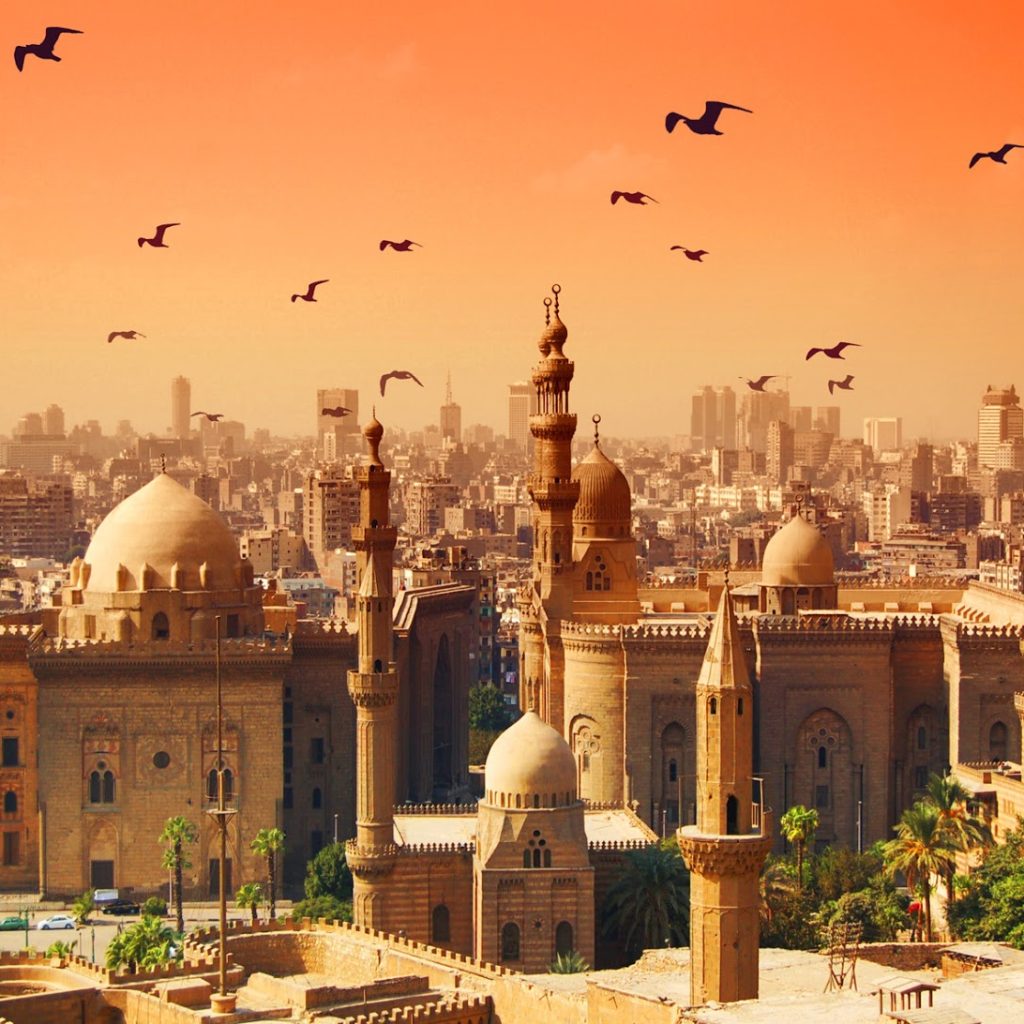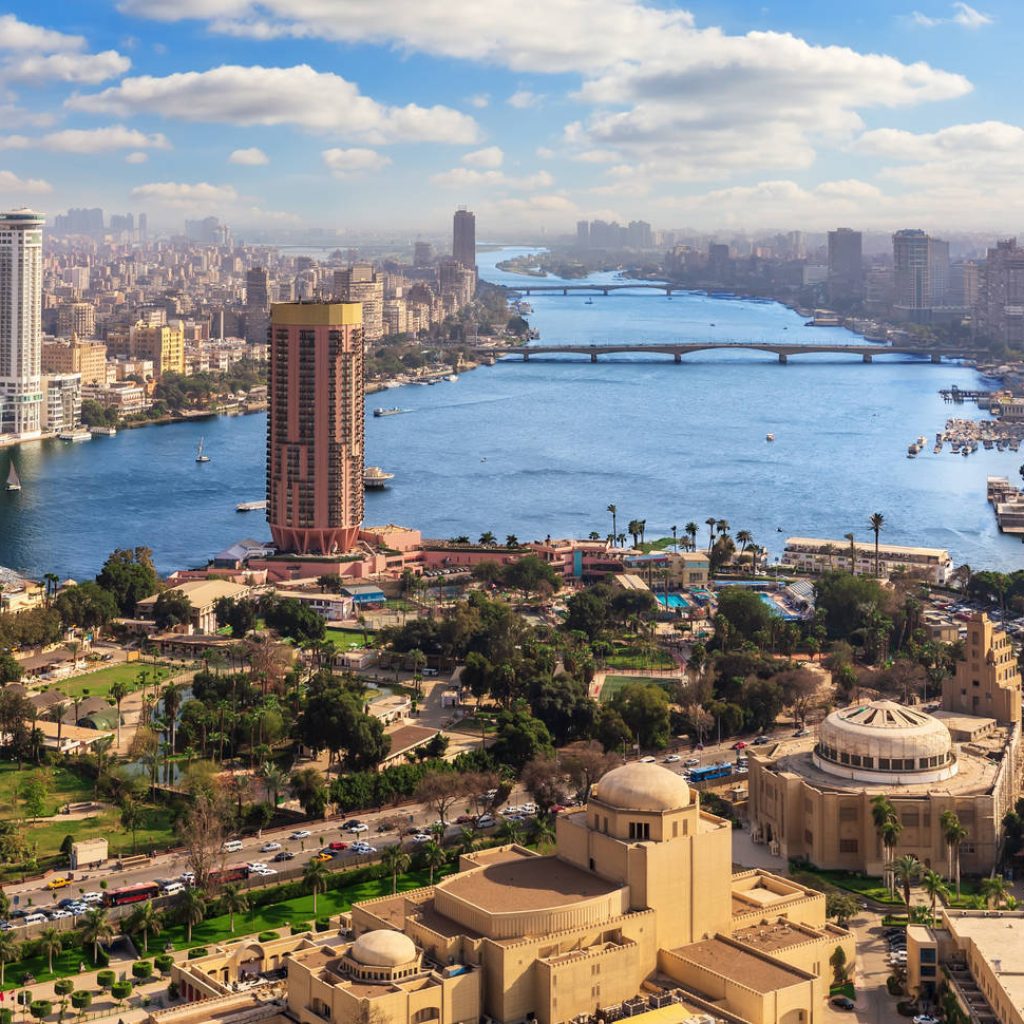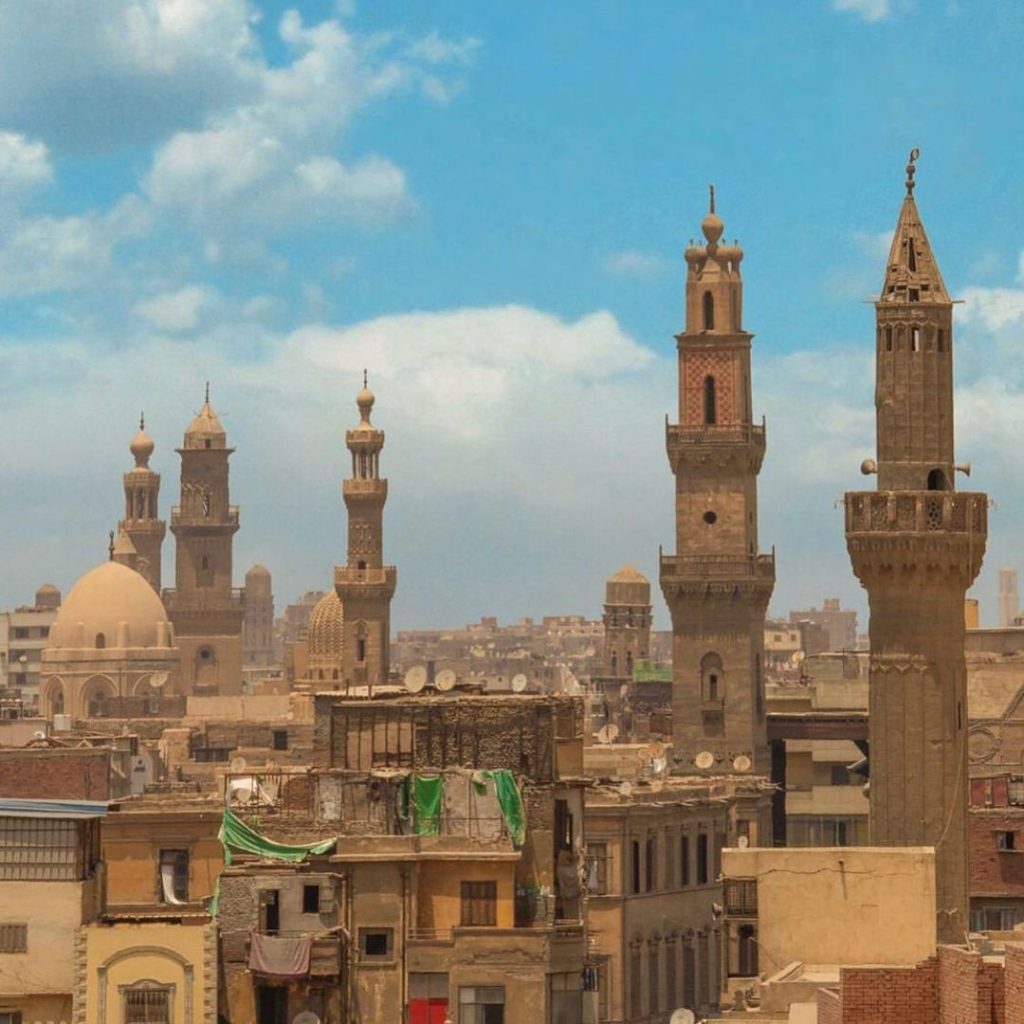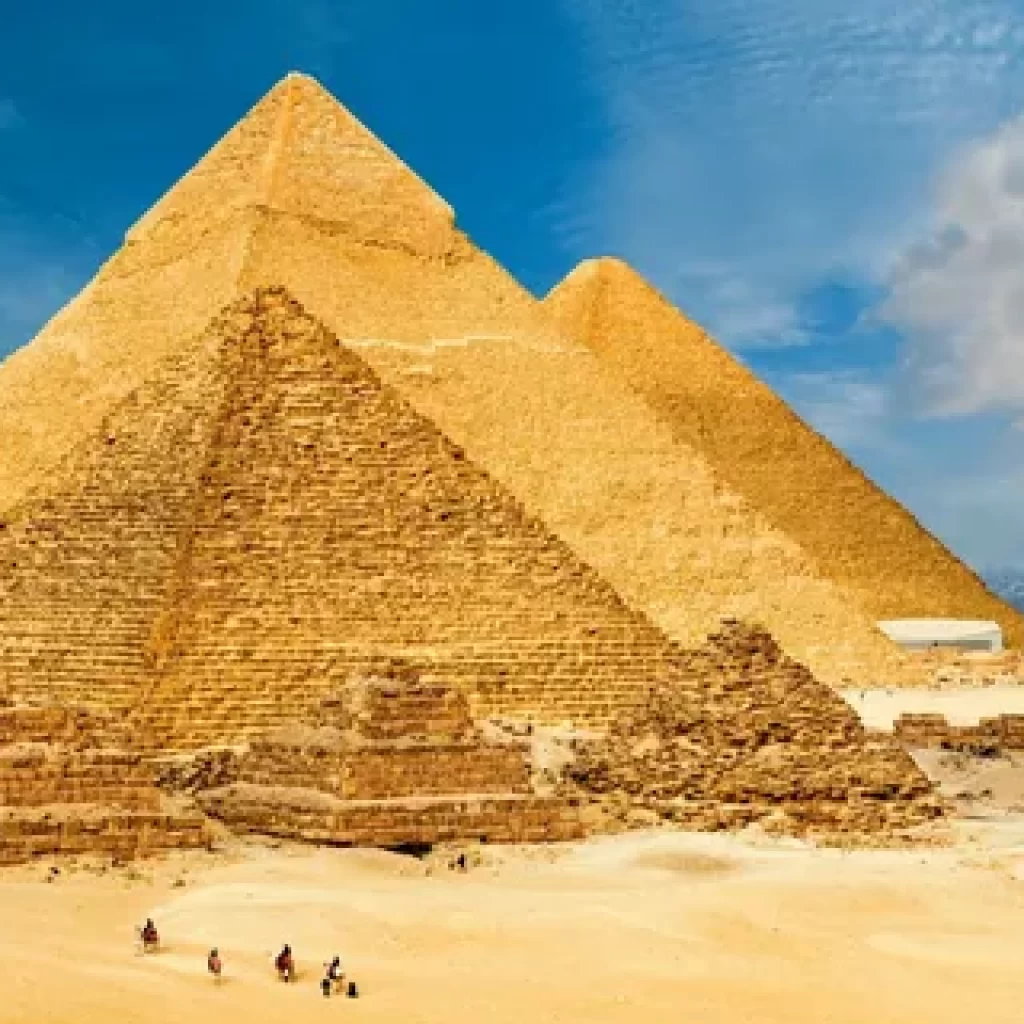Exploring the Heart of Egypt and Cairo Rich Tapestry

Table of Contents:
- Introduction
- Historical Overview of Egypt and Cairo
- The Great Pyramids of Giza: Ancient Wonders
- Cairo’s Vibrant Markets: A Shopper’s Paradise
- The Egyptian Museum: A Treasure Trove of Antiquities
- Islamic Cairo: A Journey Through Time
- Modern Cairo: Balancing Tradition and Progress
- The Nile River: Lifeblood of Egypt
- Cairo’s Culinary Delights: A Feast for the Senses
- Cultural Festivals in Cairo: Celebrating Heritage
- Conclusion
- FAQs
Introduction:
Egypt and Cairo, the sprawling capital of Egypt, is a city of contrasts where ancient history meets modern vibrancy. Known as the “City of a Thousand Minarets” for its Islamic architecture, Egypt and Cairo are also home to bustling markets, historic landmarks, and a rich cultural scene. This article delves into the multifaceted allure of Cairo, highlighting its historical significance, cultural richness, and contemporary dynamism in Egypt and Cairo.

1. Historical Overview of Egypt and Cairo:
Egypt and Cairo are some of the most fascinating in the world, dating back to the pharaohs and extending through to the modern era. Cairo, founded in 969 AD by the Fatimid dynasty, has grown into the largest city in the Arab world. Its strategic location along the Nile River has made it a focal point of Egyptian civilization, culture, and politics in Egypt and Cairo.
2. The Great Pyramids of Giza: Ancient Wonders:
No visit to Cairo is complete without marveling at the Great Pyramids of Giza. These ancient structures, built over 4,500 years ago, are the last remaining of the Seven Wonders of the Ancient World. The pyramids, along with the enigmatic Sphinx, are a testament to Egypt’s architectural prowess and serve as a symbol of its enduring legacy.
3. Cairo’s Vibrant Markets: A Shopper’s Paradise:
Khan El Khalili, Cairo’s most famous bazaar, offers a sensory overload of sights, sounds, and smells. Established in the 14th century, this market is a labyrinth of narrow alleyways filled with shops selling everything from spices and perfumes to jewelry and textiles. It’s a place where haggling is an art form, and every purchase feels like a treasure hunt.

4. The Egyptian Museum: A Treasure Trove of Antiquities:
Located in Tahrir Square, the Egyptian Museum houses one of the world’s most extensive collections of ancient Egyptian artifacts. From the golden treasures of Tutankhamun to the mummies of pharaohs, the museum provides a captivating glimpse into Egypt’s storied past. A new Grand Egyptian Museum is set to open soon, promising even more wonders.
5. Islamic Cairo: A Journey Through Time:
Egypt and Cairo Islamic Cairo, a UNESCO World Heritage Site, is a district rich in historical mosques, madrasas, and mausoleums. The Citadel of Saladin, the Al-Azhar Mosque, and the Sultan Hassan Mosque are architectural masterpieces that reflect the city’s Islamic heritage. Walking through this area feels like stepping back in time, with its bustling souks and historic landmarks.
6. Modern Cairo: Balancing Tradition and Progress:
While steeped in history, Cairo is also a bustling metropolis that embraces modernity. The cityscape is dotted with contemporary buildings, shopping malls, and high-end restaurants. Areas like Zamalek and New Cairo are known for their upscale ambiance, showcasing the city’s ability to blend tradition with modern living.

7. The Nile River: Lifeblood of Egypt:
Egypt and Cairo The Nile River has been the lifeblood of Egypt for millennia, providing water, transportation, and sustenance. In Cairo, the Nile is a focal point of leisure and culture. Felucca rides offer a serene way to experience the river, while the Corniche promenade is perfect for evening strolls, offering stunning views of the city.
8. Cairo’s Culinary Delights: A Feast for the Senses:
Cairo’s culinary scene is a reflection of its diverse cultural influences. From street food like koshari and falafel to fine dining establishments, the city’s food is a feast for the senses. Traditional Egyptian dishes are rich in flavors and aromas, offering a unique culinary journey for locals and tourists alike.
9. Cultural Festivals in Cairo: Celebrating Heritage:
Cairo hosts numerous cultural festivals throughout the year, celebrating its rich heritage and artistic traditions. The Cairo International Film Festival, the Cairo Jazz Festival, and the Moulid festivals are just a few examples of events that bring the city to life. These festivals offer a glimpse into the vibrant cultural tapestry of Cairo.

10. Conclusion:
Egypt and Cairo
Cairo is a city that captivates with its blend of ancient and modern, offering a unique experience that is both timeless and contemporary. Egypt’s capital is renowned for its historical landmarks, bustling markets, cultural festivals, and culinary delights, making it a destination like no other. The Great Pyramids of Giza stand as a testament to the city’s ancient past, while the vibrant streets of modern Cairo reflect its dynamic present.
As you explore Cairo, you’ll be enchanted by its rich tapestry of sights and sounds. The bustling markets, such as Khan El Khalili, offer a sensory overload with their array of spices, textiles, and handcrafted goods. Cultural festivals throughout the year celebrate the city’s artistic heritage, from traditional music and dance to contemporary performances.
FAQs:

1. What is the best time to visit Cairo?
The best time to visit Cairo is from October to April when the weather is cooler and more pleasant for sightseeing.
2. Is Cairo safe for tourists?
Yes, Cairo is generally safe for tourists, but it’s always advisable to stay informed about the local situation and take standard travel precautions.
3. What are the must-see attractions in Cairo?
Must-see attractions include the Great Pyramids of Giza, the Egyptian Museum, Khan El Khalili bazaar, and Islamic Cairo.
4. How can I get around Cairo?
Taxis, ride-hailing apps, and the Cairo Metro are common and convenient ways to get around the city.
5. What should I wear when visiting Cairo?
Modest clothing is recommended, especially when visiting religious sites. Light, breathable fabrics are best due to the warm climate.
6. Are there any cultural etiquettes I should be aware of?
Yes, it’s important to dress modestly, respect local customs, and be mindful of cultural norms, such as not displaying public affection.
7. Can I take photos at the tourist sites?
Photography is generally allowed at most tourist sites, but it’s always best to check for any specific restrictions, especially in museums and religious places.





Comment (0)